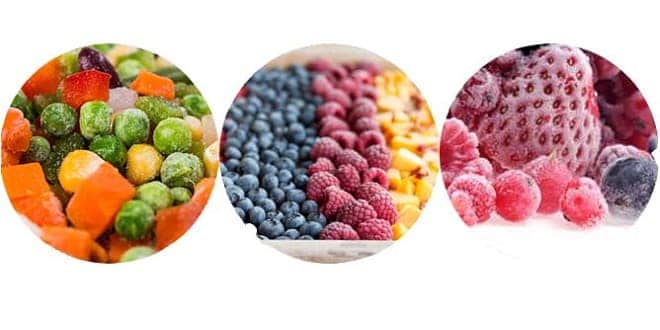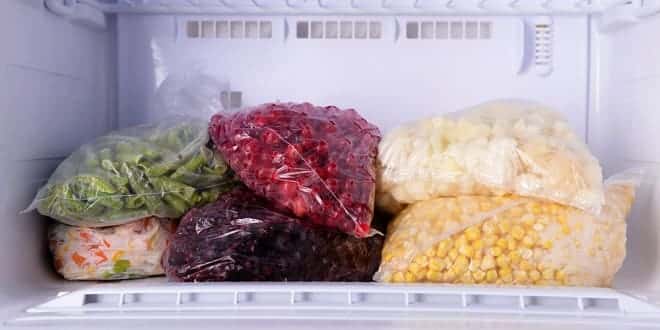Refrigeration and Freezing Technology
REFRIGERATION AND FREEZING TECHNOLOGY
INTRODUCTION
If animals were slaughtered and consumed almost immediately, there would be no need for any form of preservation. Indeed, consumption almost immediately after slaughter remains common in some parts of the world. In practice, however, meat that is not preserved in some way will quickly deteriorate in quality and safety to the point where it is both unpalatable and dangerous to consume. Thus, most meat that is produced is subsequently preserved in one way or another.
Historically, meat has been preserved in a variety of ways, with the most common methods being: drying, curing, smoking, heat processing, fermentation, irradiation, canning, packaging and refrigeration. Of all these alternatives, refrigeration has the key benefit (along with irradiation, to some extent) that it leaves the form of the meat product almost unchanged and (when carried out appropriately) almost indistinguishable from the original fresh product.
In comparison, most other preservation methods can be seen more as ways to change meat into different products that have longer storage lives rather than as genuine methods of preservation. Unlike any of the other preservation technologies, refrigeration is effective in reducing deterioration due to chemical reactions (fat oxidation, for instance) as well as deterioration due to the growth of microorganisms.
Refrigeration is often described as the process of removing heat from an object but, since energy is conserved (i.e. cannot be destroyed or created), it would be more accurate to say that refrigeration is the process of transferring heat from one object to another. Heat flows naturally from hotter objects to colder objects and no mechanism is required to achieve this. With the use of a refrigeration system, however, the object from which heat is removed can be colder than the object to which the heat is added. At the same time that heat is transferred, masses of material are usually moved around by the refrigeration system. These can include air or liquid in which the heat is carried from the food product to the air or liquid cooler, water vapour and other gases carried in air, and the primary and secondary refrigerants in the refrigeration system itself.
…


